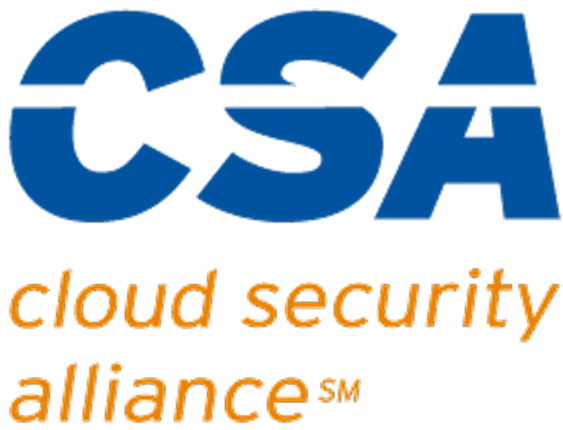Introduction
Computers are amazing machines that can do many things, but they aren’t perfect. Sometimes computer programs crash for seemingly no reason, which can be very frustrating. This article will discuss the causes of program crashes and how to fix them.
The top reasons a computer program will crash are:
- Outdated software
- Not enough memory
- Corrupted files or registry
- Conflicting programs
- Malicious software
- Hardware problems
- Hard drive is failing
- Overheated computer
Let’s take a closer look at each of these issues.
Outdated software
Outdated software is one of the most common causes of program crashes. Software is typically designed to work with a specific version(s) of the operating system. As time goes on, new versions of the operating system are released, and the software may no longer be fully compatible. This can cause the program to crash or not work correctly. The solution is to keep your software up-to-date. Check for updates regularly and install them as soon as they are available. If your software is very old, you may need to purchase a major version upgrade.
Conversely, running new software on an older version of an operating system can also lead to failures and crashes. Software publishers will typically list compatible operating system versions on their websites.
Not enough memory
Insufficient available memory is another common issue that can cause program crashes. A computer program will require a certain amount of memory, which can increase when working with large or complex data. If there is not enough memory available, the program may crash. One solution is to close other programs running in the background but not being used. This will free up some memory for the program that is crashing. Another solution is to add more physical memory (RAM) to your computer.
If you choose to purchase and add more memory yourself, check your computer’s manufacturer to find out the size and type of RAM modules you can use, or take your computer to a shop to have new RAM installed.
Corrupted files or registry
Sometimes a program will crash because of corrupted files or (in the case of Windows) the system registry. The solution is to repair or replace the corrupted files or registry entries. How to do this will vary by the operating system and the type of file or data in question – it may be difficult to determine the cause of the issue without trying several things.
For Windows, there are several programs for scanning and repairing the registry, such as CCleaner or Wise Registry Cleaner. Windows has a built-in command-line tool called System File Checker to scan your OS and fix missing or corrupted system files (see this guide).
For Macs, you can use the built-in Disk Utility program to check and fix file issues or try a third-party application like Onyx.
If the program crashes every time you try to run it, another potential cause is damaged program file(s). Most modern program installers have a ‘repair’ option to scan your program installation and replace any damaged files. Failing that, you can uninstall and reinstall the program to see if that fixes the issue. Here’s how to do a “clean” (complete) uninstall in Windows and macOS.
If the program only crashes when you open a specific data file, it’s a good bet that the file is the culprit. Most modern computer programs have tools to recover damaged or corrupted user files, or you can try opening an older version of the file from a backup if you have one.
Conflicting programs
If you have two or more programs trying to use the same system resources (e.g., memory, hard drive space, etc.), this can lead to a conflict. When this happens, one or both of the programs may crash. You can usually tell when this is the case because using the second program causes the first one to misbehave or vice versa. The solution is to uninstall the conflicting software or update it to the latest version to be fully compatible with the other programs. Alternatively, you can try running them in separate windows or on different devices if you need both programs.
Malicious software
Malicious software, also known as malware, is a common cause of program crashes. This type of software can damage or disable your computer. The solution is to install an antivirus program and keep it up-to-date. Many good free programs are available, such as Avast, AVG, and Malwarebytes.
If your computer is infected with malware, you may experience other symptoms, such as slow performance, unexpected pop-up windows, and changes to your home page or default search engine. If you suspect that your computer has an infection, you should run a full system scan with your antivirus program.
Hardware problems
A hardware problem is not common, but it can cause a program to crash. It could be something as simple as the power supply failing, a bad hard drive sector, incompatible or faulty hardware. If you think there may be a hardware issue causing your crashes, try running diagnostics on your computer. You can start by checking the event logs in Windows or running the Microsoft Hardware Diagnostic Tool. You can use Apple Diagnostics to test your Mac’s hardware on macOS. If you are not comfortable doing this yourself, take your computer to a technician for further assistance.
Hard drive is failing
If your computer OS or programs are frequently crashing and you’ve ruled out all of the above causes, your hard drive may be starting to fail. This can cause programs to crash and data loss or corruption. In this case, the solution is to replace the hard drive before it fails completely. If you are confident about doing this yourself, you can back up your data and then use cloning software like Clonezilla or Macrium to clone the old hard drive to a new one. If you are not comfortable doing this, take your computer to a technician for assistance.
Overheated computer
If your computer is overheating, it can cause the programs installed on it to crash. When the computer gets too hot, its internal components may fail. The most common symptoms of an overheated computer are:
- The fan is constantly running or very loudly
- The computer is making strange noises
- The computer is very slow
- The battery life is shorter than usual
If your computer is experiencing any of these symptoms, you should turn it off and allow it to cool down. Once it has cooled down, check the vents to ensure they are not blocked and clean them if necessary. If you have a desktop computer, you should clean the dust out from inside it if you have never done so (or if it’s been a while). You can also try using a laptop cooling pad or a USB fan to help keep the computer cool. If the problem persists, you may need to have the computer serviced.
Conclusion
If your computer program is crashing, there are several possible causes. By following the troubleshooting steps outlined above, you should be able to determine and fix the issue and get things running smoothly again. Thanks for reading! We hope this article has helped you. If you have any further questions or comments, please let us know!




